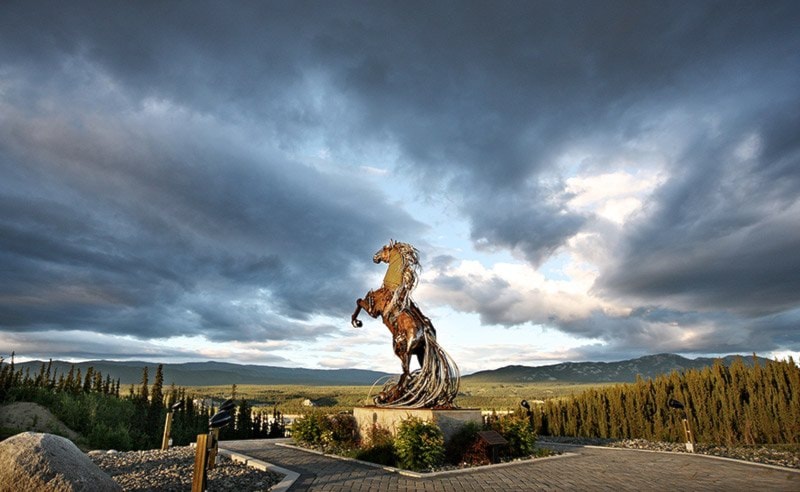Anxiety appears to dominate on all sides of the Whitehorse City Council debate over arts funding.
First, there’s the intimation from some quarters on the right that diverting one per cent of the cost of capital projects to public art installations amounts to reckless profligacy.
It is true that $367,000 is no small sum, and that councillors have an obligation to closely scrutinize city spending. But such an amount on a $47-million project should not cause concern. (Eagle-eyed readers will notice that $367,000 is less than one per cent of $47 million. That’s because the one per cent rule applies only to the cost of the building itself, not to associated costs like landscaping and furniture.)
But building delays and construction cost overruns are a far graver threat to the sanctity of the public purse than diverting a few hundred thousand dollars from an annual capital budget of $30 million. And it’s worth noting that the city’s arts policy itself says “a minimum” of one per cent of building costs should go towards public art. Council could easily choose to spend more.
Arts advocates who say it’s worthwhile to invest tax money into public art are right: it supports our arts community, draws tourists and helps liven up a downtown core that — beautiful as its natural surroundings might be — is dominated in far too many places by lifeless metal-clad buildings and dull-as-dirt architecture.
Unfortunately, many of these same arts advocates have overreached in criticizing council’s decision to review the city’s arts policy. Council voted 4-3 this week to open up the policy for review, a process which should get underway in early September.
A representative of the Yukon Arts Centre told council she was worried about a review because doing so would have “the potential of allowing the policy to be altered in a way that would negatively impact Whitehorse.”
Coun. Roslyn Woodcock said she worries “if we open this up that we’re going to end up with something we’re not happy with.”
Mayor Dan Curtis has objected to opening up the policy as the city embarks upon its largest-ever capital project.
But that’s life in a democracy. If Curtis, Woodcock and arts advocates are so confident that they’re right, that the one per cent rule ought to be maintained (which it should), they should not fear debate.
Trying to avoid a specific policy discussion because you don’t like the possible outcome is no way for elected officials in a democracy to behave.
It’s also worth noting that nobody on council has called for the arts fund to be cut, though Coun. Dan Boyd has mentioned in passing Calgary’s eminently reasonable policy of devoting one per cent of a project’s first $50 million to public art, then an additional 0.5 per cent after that. (For the record, if any of council’s budget hawks do indeed harbour secret ambitions to start slashing art spending, they owe it to the public, and their council colleagues, to say so at once.)
If the policy is unclear about what constitutes a public building for the purpose of arts funding — no one’s exactly sure if the policy requires the $367,000 to be spent on site, or if the resulting artwork can be placed elsewhere around the city — then that is a problem council needs to fix.
Reviewing the policy so that it’s clear about how much money goes to public art, and where that art can be installed, is not some kind of slippery slope that will end up rendering Whitehorse a cultural wasteland. It’s a basic responsibility of government.
Over the long term, ensuring the city’s arts funding policy is both generous and clear will offer peace of mind to artists and fiscal hawks alike.
Contact Chris Windeyer at
editor@yukon-news.com
